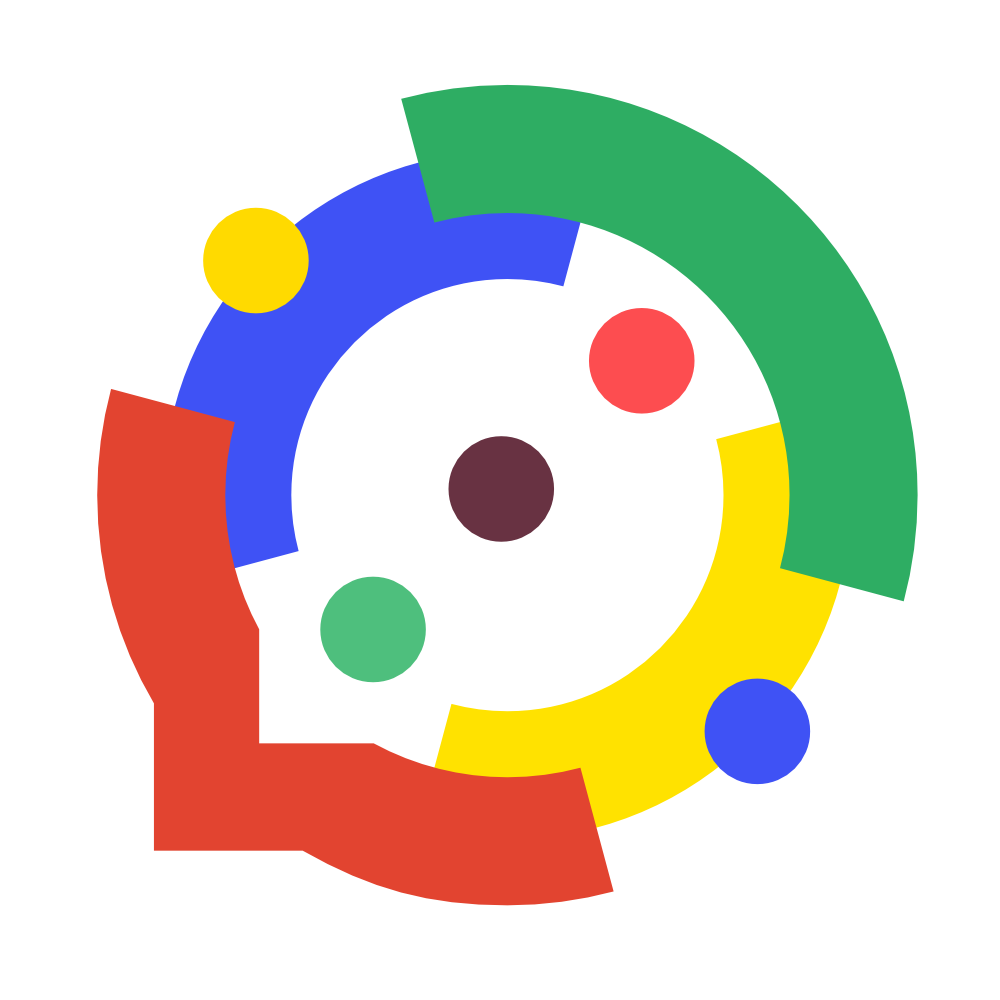Audio Presented by

WhatsApp-powered ChatGPT with PDF uploads, AI documents, images, website summarization, and research assistance.
Story's Credibility



About Author
WhatsApp-powered ChatGPT with PDF uploads, AI documents, images, website summarization, and research assistance.